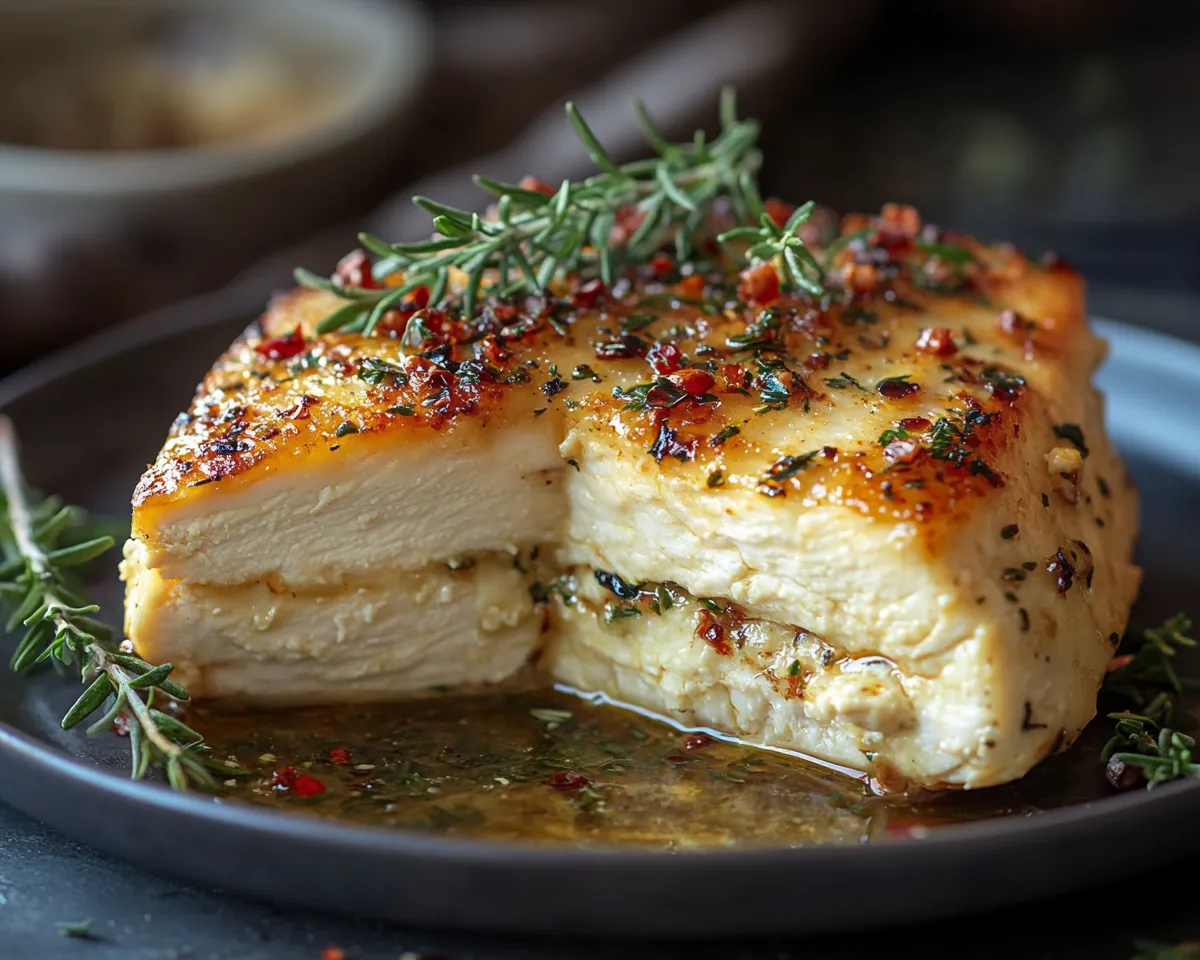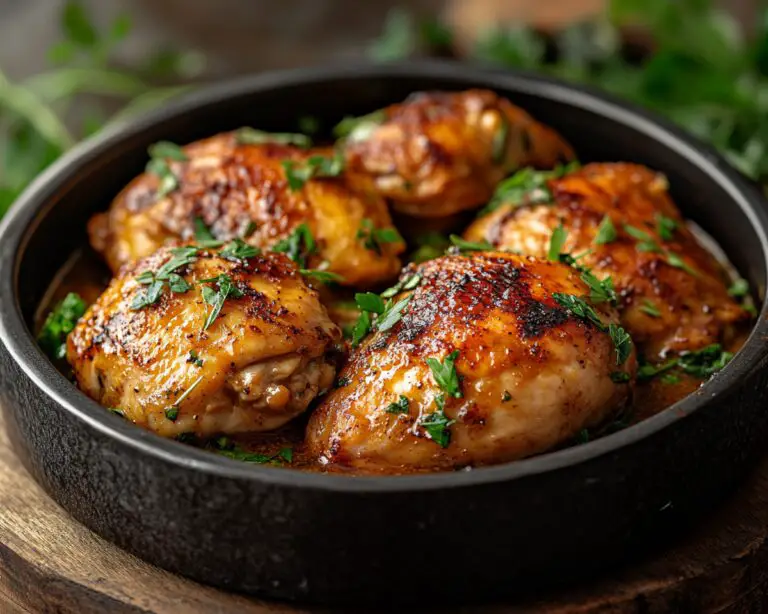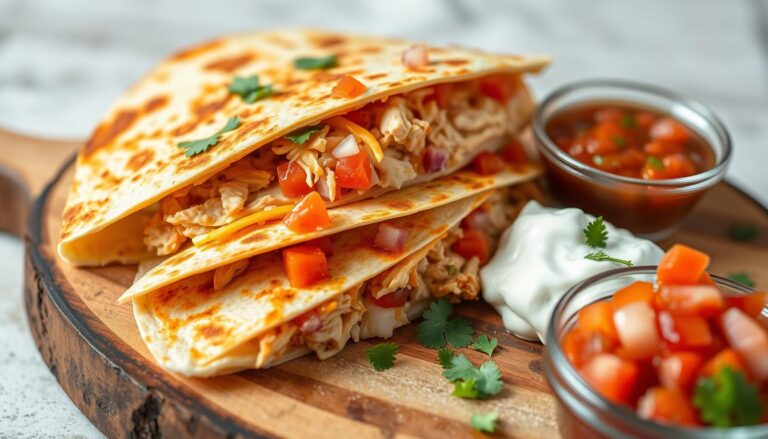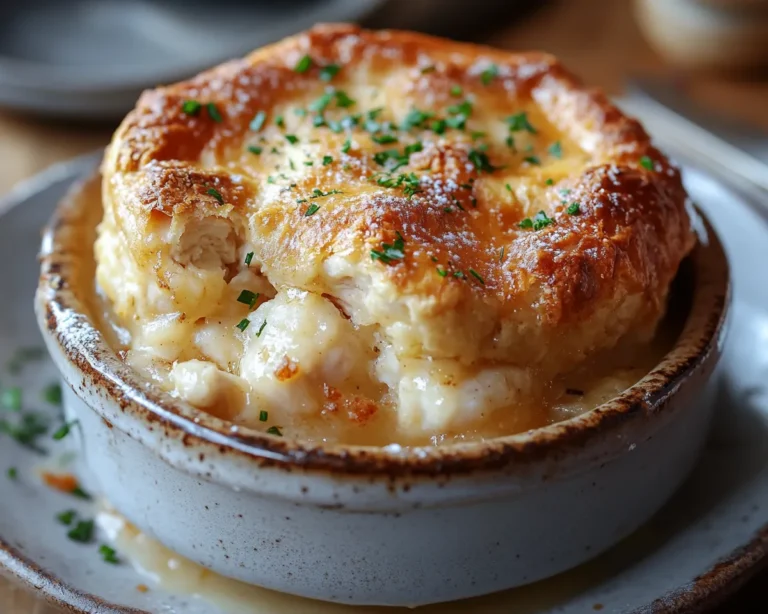Blog Post Title: What is Chicken Base and How to Use It to Elevate Your Cooking
Meta Description: Unlock the secret ingredient for incredible flavor! Discover what chicken base is, how to use it in your recipes, and elevate your dishes with this versatile pantry staple. Learn substitutions and serving tips!
Keyphrase Synonyms: Chicken bouillon, chicken concentrate, chicken stock concentrate, chicken flavor enhancer.
Tags: Chicken base, chicken bouillon, cooking tips, flavor enhancer, recipe ingredient, chicken stock, soup base, umami, savory.
Introduction
Did you know that a single spoonful of the right ingredient could transform your everyday meals into culinary masterpieces? Many home cooks overlook a powerful flavor booster: chicken base. But what
is chicken base, and why should you be adding it to your recipes? This concentrated ingredient is a game changer, offering a shortcut to deeply savory flavor. Let’s explore its secrets and unlock its potential in your kitchen. Say goodbye to bland dishes and hello to an explosion of rich, authentic chicken essence!
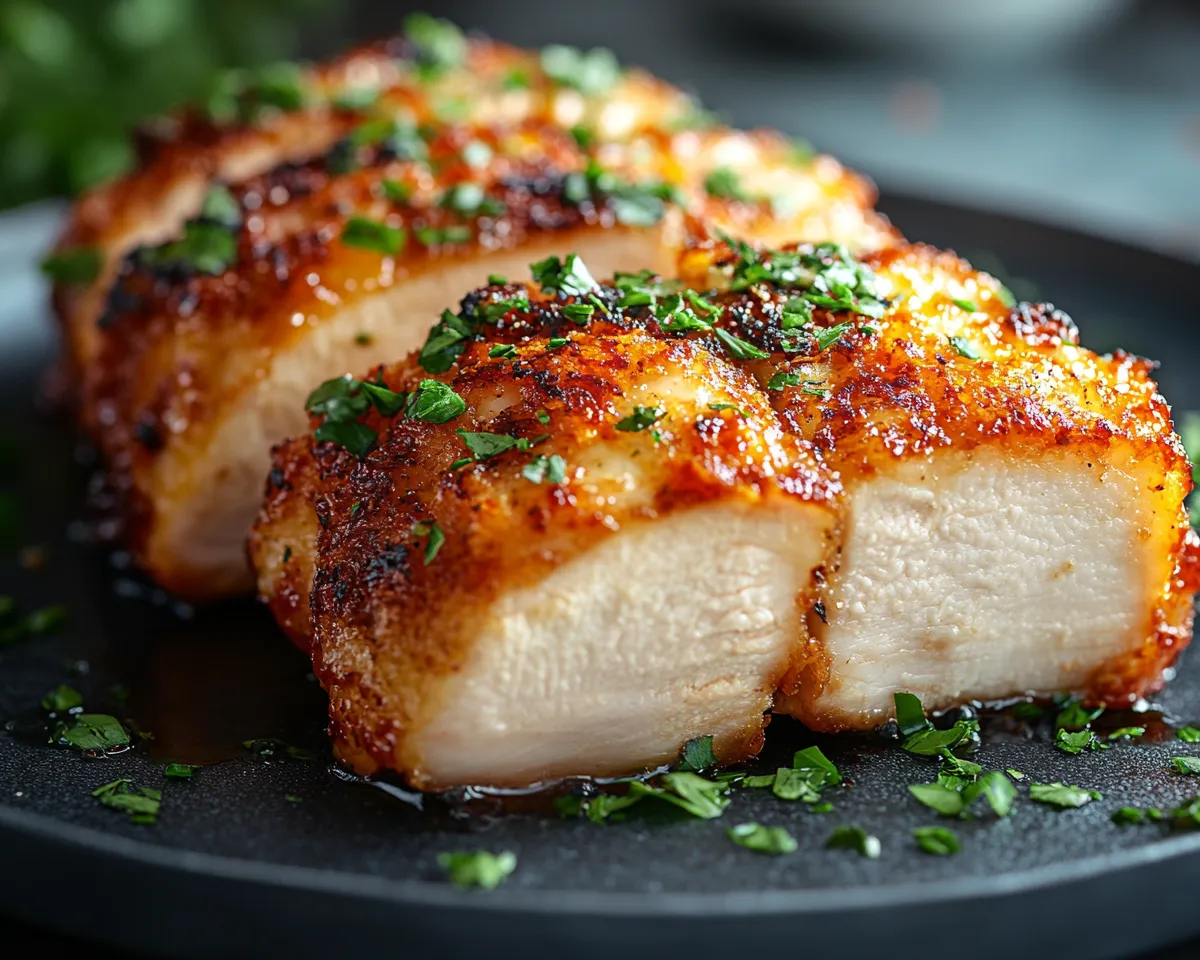
Ingredients List
Here’s what you typically find in a good chicken base, and some ideas for substitutions if you are in a pinch:
Chicken Broth/Stock: This forms the foundation of the base, providing the core chicken flavor. Substitution:* Homemade chicken stock, store-bought low-sodium chicken broth.
- Cooked Chicken Meat: Adds depth and a richer, more authentic chicken taste.
Salt: Essential for flavor and acts as a preservative. Substitution:* Low-sodium chicken base options are available, or adjust salt levels in your recipe accordingly.
- Vegetables (Onion, Celery, Carrots): These aromatics contribute to the overall complexity of the flavor profile.
Spices (Turmeric, Pepper, Garlic Powder, Onion Powder): Enhance the savory notes and add warmth. Substitution:* Adjust spices to your preference. Try adding a pinch of smoked paprika for a smoky flavor.
- Sugar: Balances the saltiness and adds a touch of sweetness.
Disodium Inosinate & Disodium Guanylate: (Optional, often found in commercial brands) These are flavor enhancers that boost the umami taste. Substitution:* Many prefer brands without these additives; look for “natural” or “organic” options.
- Yeast Extract: Another source of umami and adds depth to the flavor.
- Modified Food Starch or Cornstarch: Used as a thickener.
Timing
- Preparation Time: 5 minutes (finding and measuring the base)
- Cooking Time: Varies depending on the recipe, but the chicken base itself requires no cooking. Its instant solubility means it integrates seamlessly into any dish.
- Total Time: 5 minutes + recipe cooking time
Using chicken base can actually
reduce your cooking time, especially in recipes that call for long simmering to develop flavor. Think of it as concentrated flavor power!
Step-by-Step Instructions
Here’s how to use chicken base effectively in your cooking:
Step 1: Determine Your Needs
Consider the recipe. How much chicken flavor do you want to add? Start with a small amount (1/2 teaspoon per cup of liquid) and taste as you go. Remember, you can always add more, but you can’t take it away!
Tip: Always use a clean spoon when scooping chicken base from the jar to prevent contamination.
Step 2: Dissolve the Chicken Base
For soups, sauces, and stews, dissolve the chicken base in a small amount of hot water before adding it to the main dish. This ensures even distribution and prevents clumps.
Trick: Stir vigorously with a whisk for best results.
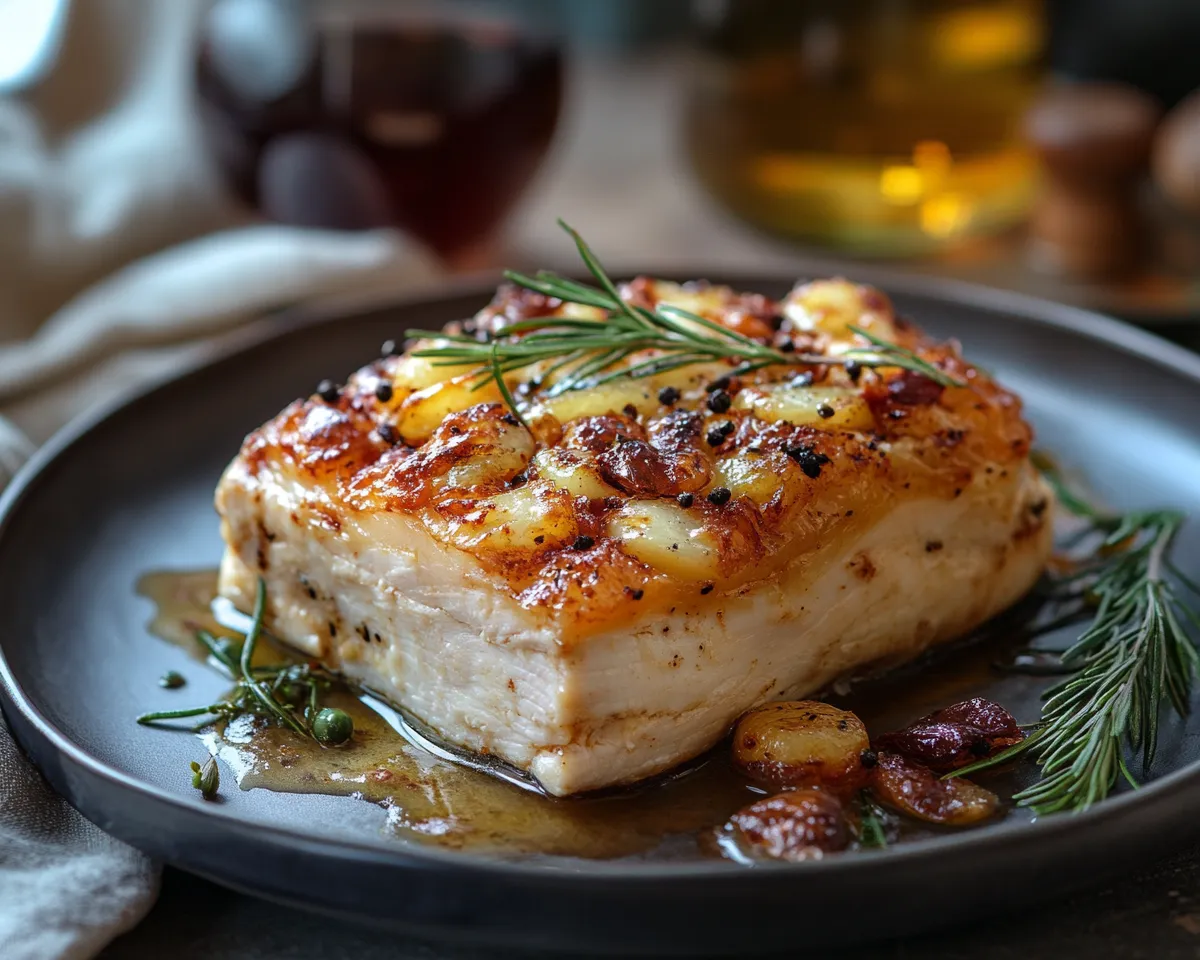
Step 3: Add to the Recipe
Incorporate the dissolved chicken base into your recipe according to the instructions. Remember to adjust the amount of salt you add, as the chicken base is already quite salty.
Actionable Tip: If you’re using the base in a dry rub for chicken or other meats, you can mix it directly with the other spices.
Step 4: Taste and Adjust
After adding the chicken base, taste your dish and adjust the seasoning as needed. You might find that you need less salt or other spices than usual.
Personalized Tip: Don’t be afraid to experiment! Chicken base can also be used to enhance the flavor of vegetable dishes, rice, and even mashed potatoes.
Step 5: Savor the Flavor
Enjoy the rich, savory flavor that the chicken base has added to your dish!
Engaging Tip: Consider making a double batch of your favorite recipe and freezing some for later. The chicken base will help the flavors meld and deepen over time.
Nutritional Information
(Per 1 teaspoon of typical chicken base):
- Sodium: 400-600 mg (This is the main consideration. Use sparingly and adjust salt accordingly!)
Data Insight: Due to the high sodium content, it’s crucial to use chicken base judiciously, especially if you are watching your sodium intake.
Healthier Alternatives for the Recipe
- Low-Sodium Chicken Base: Opt for a low-sodium version to reduce your sodium intake without sacrificing flavor.
- Homemade Chicken Stock: If you have the time, making your own chicken stock from scratch is the healthiest option. You can then concentrate it down for a natural “base.”
- Mushroom Powder: For a vegetarian option, try using mushroom powder to add umami and depth of flavor.
- Nutritional Yeast: Another great vegetarian option, nutritional yeast has a cheesy, savory flavor that can enhance many dishes.
- Bone Broth: A nutrient-rich option that can be used as a base for soups and stews.
Serving Suggestions
- Soup Enhancement: Add a teaspoon of chicken base to your favorite soup recipe for an extra boost of flavor.
- Sauce Booster: Elevate your sauces with a touch of chicken base for a richer, more savory taste.
- Rice Seasoning: Dissolve a small amount of chicken base in the cooking water for rice to add flavor.
- Vegetable Enhancer: Sauté vegetables with a bit of chicken base for a savory twist.
Gravy Base: Create a delicious gravy by using chicken base as the starting point. Personalized Tip:* Try adding a splash of dry sherry or Madeira wine to your gravy for even more depth.
Common Mistakes to Avoid
- Adding Too Much: Chicken base is concentrated, so start with a small amount and add more as needed. Overdoing it can result in a dish that is too salty or overpowering.
- Not Adjusting Salt: Remember to reduce the amount of salt you add to the recipe if you are using chicken base.
- Using Expired Base: Check the expiration date on the jar before using. Expired chicken base may lose its flavor or develop an off taste.
- Not Dissolving Properly: Ensure the chicken base is fully dissolved before adding it to the recipe to avoid clumps.
- Storing Improperly: Always store chicken base in a cool, dry place. Once opened, refrigerate for best results.
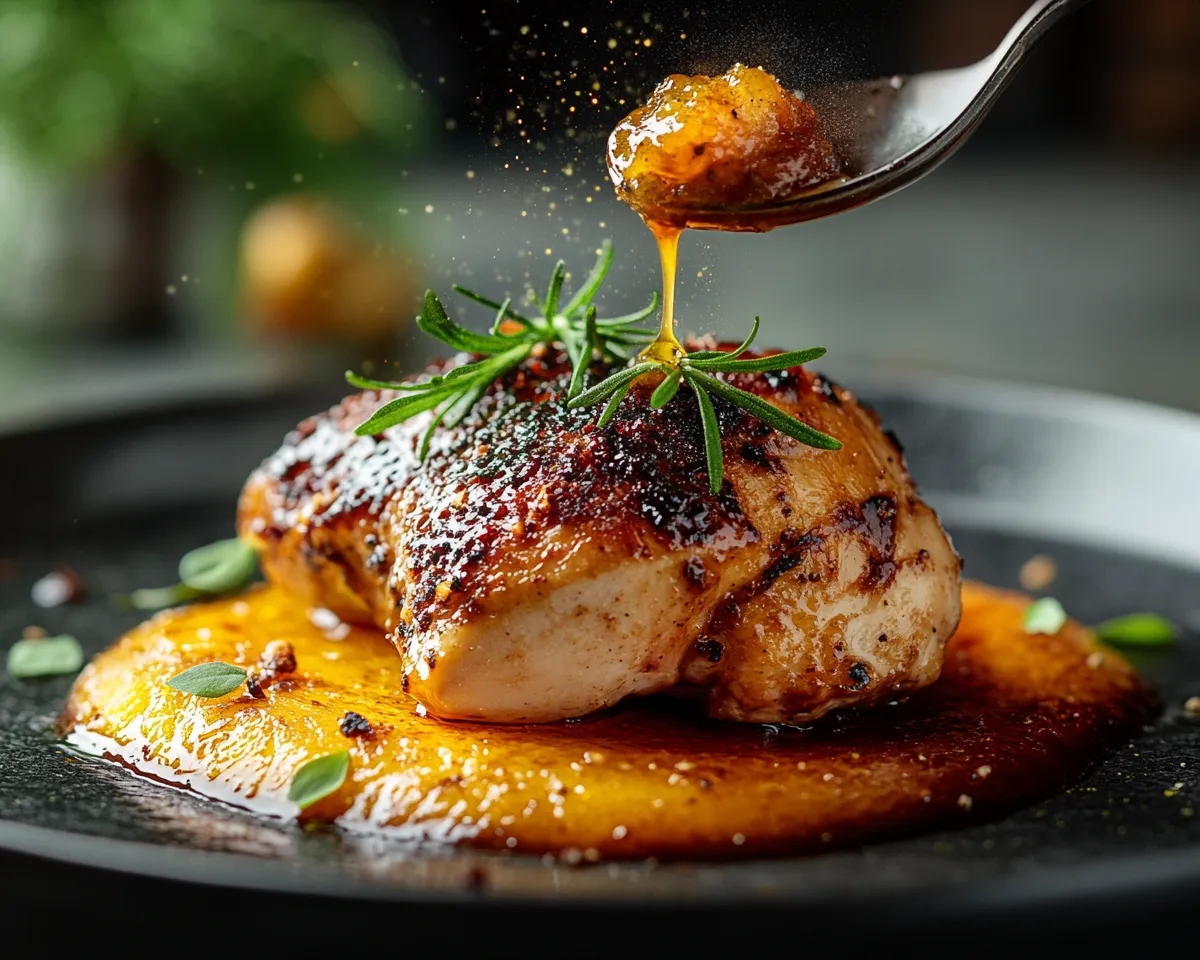
Storing Tips for the Recipe
- Refrigeration: Store leftover dishes containing chicken base in the refrigerator for up to 3-4 days.
- Freezing: Many dishes with chicken base freeze well. Store in airtight containers for up to 2-3 months.
- Prepping Ahead: You can dissolve the chicken base in water ahead of time and store it in the refrigerator for later use.
- Proper Container: Ensure leftovers are stored in airtight containers to maintain freshness and prevent freezer burn.
- Labeling: Label your containers with the date and contents to keep track of what you have stored.
Conclusion
Chicken base is a versatile kitchen staple that can quickly boost the savory flavor of countless dishes. Remember to use it sparingly, adjust salt levels, and explore the many ways it can enhance your cooking. It’s a simple way to bring restaurant-quality depth to your home cooking.
Ready to elevate your meals? Try incorporating chicken base into your next recipe and let us know what you think! Share your feedback in the review section or leave a comment on our blog. Don’t forget to subscribe for more delicious recipes and cooking tips!
FAQs
Q: What is the difference between chicken base and chicken bouillon?
A: Chicken base is a concentrated paste or gel, while chicken bouillon is a dehydrated cube or powder. Chicken base generally has a richer, more intense flavor than bouillon.
Q: Can I use chicken base instead of chicken broth?
A: Yes, you can use chicken base instead of chicken broth. Simply dissolve the chicken base in water according to the package instructions to create a broth substitute.
Q: Is chicken base gluten-free?
A: Not all chicken bases are gluten-free. Check the ingredient list to ensure it does not contain any gluten-containing ingredients.
Q: How long does chicken base last?
A: Unopened chicken base can last for several years. Once opened, it is best to refrigerate it and use it within a few months for optimal flavor.
Q: Can I make my own chicken base?
A: Yes, you can make your own chicken base by simmering chicken bones, vegetables, and herbs for a long period, then reducing the liquid to a concentrated paste.
